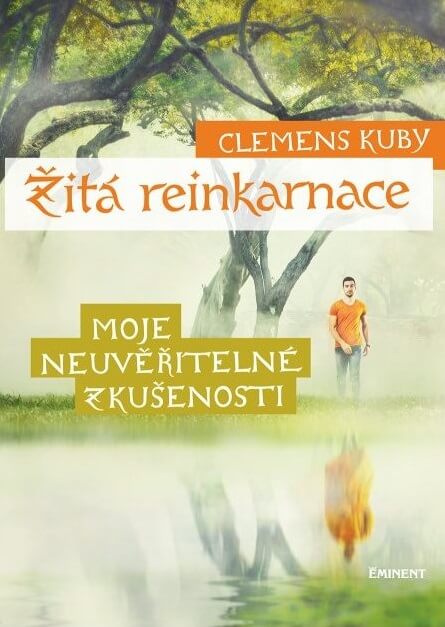
Modern pyramids in Russia (1 part)
 28. 04. 2024
28. 04. 2024




 28. 04. 2024
28. 04. 2024


 26. 04. 2024
26. 04. 2024
 1
1

 25. 04. 2024
25. 04. 2024
 17. 08. 2020
17. 08. 2020

Egypt is world-famous tombs with preserved remains of its rulers, and examples of Egyptian mummies can be found around the world in a number of different museums. But Egypt is not the only place where mummies were found. Burial grounds, where locals have been preserved for thousands of years, exist all over the world. Here are some of them worth mentioning.
Chauchilla Cemetery in Peru contains pre-Hispanic (before the Spanish conquest) remains and is among the top 10 destinations to visit in Peru. The cemetery was discovered in the 20s. Its use lasted for 19 - 600 years and ended in the 700th century AD
The inhabitants of the cemetery are very well preserved, partly due to the very dry air of the Peruvian desert, and also due to period burial methods. Based on materials found at the Estaqueria complex, archaeologists believe that the bodies were first suspended, which began the drying process, then coated with a resin that protected them from bacteria and then placed in tombs built of clay bricks. The preservation of the bodies is at such a high level that even after more than 1 years, the mummies still have hair and some soft tissue. The cemetery has been plundered for years by vandals and thieves, but since 000 it has been under the protection of the Peruvian government and is now frequented by tourists.
The Capuchin catacombs in Palermo, Italy, were reportedly built to serve as a simple burial ground for monks from the local monastery. The Capuchin Order was founded in Palermo in 1534 in the church of Santa Maria della Pace. The monks created a cemetery here for the burial of their members by digging a kind of mass grave under the altar of St. Anny. In 1597 there was a problem with the space and the brothers were forced to expand their cemetery beyond the main altar using natural caves and cavities. When the new burial site was ready, they decided to move the already buried species from the original grave to the new catacombs.
An unveiled tomb of the ancient inhabitants of Nazca in southwestern Peru. It contains a skull with hair, femurs and other bones of several people. It is estimated that these bodies are 1500 years old, but they are remarkably well preserved in the local dry climate. When the monks exhumed the corpses to move them, they found that 45 bodies had been naturally mummified and remained very well preserved. They considered it a miracle done by God and worshiped mummies as holy relics that they exhibited in the entrance hall of new catacombs.
The monks gradually learned their own techniques of preserving bodies, and over the years they began to increasingly provide citizens who were not part of the monastery with the opportunity to bury their loved ones in the catacombs. The cemetery ceased to receive new bodies in 1880, although there were two more exceptions in the 20th century. One of them was Giovanni Paterniti in 1911, who was vice-consul of the United States. The second exception was made in 1920 by two-year-old Rosalia Lombardo. It is a question of who her father was, perhaps a general of the Italian army; However, Rosalia itself is known, among other things, as "the most beautiful mummy in the world".
According to archaeologists, peat bogs in northwestern Europe, especially in England, Ireland, the Netherlands, northern Germany and Denmark, have naturally mummified bodies. Over the centuries, hundreds of bodies of men, women and children have been discovered, mainly during peat extraction. The bodies differ in the quality of preservation, and some date back to 8 BC, some "only" to the early Middle Ages. According to the discussion in Celtic studies, these marshes are dominated by mosses of the genus Sphagnum.
As the old moss dies and the new one grows, the old one gradually turns into peat. Water in swamps chemically interacts with peat to produce tannins and other compounds that protect the body in a low-oxygen environment. Swamp bodies look significantly different from other mummy species because they have not dried up. Cases have been reported in which bodies still have not only hair but also beards, fingerprints and wrinkles. Many such people have died apparently by violent death, and many scholars believe that their bodies were offered as sacrifices to the gods.
We cannot talk about mummies without at least briefly mentioning Egypt. The Egyptians did not only mummify their rulers. The Huffington Post reported on the discovery of an ancient tomb south of Cairo in 2015, which has been home to approximately 8 million mummified dogs for at least 2 years.
It is believed that the animals were left as sacrifices to the gods or to their dead owners. Researchers at the University of Cardiff in Wales found the remains in Saqqara in the catacombs of the temple of the god of mummification and the afterlife of Anup, depicted with a jackal's head. The tomb was probably built in the 4th century BC and first discovered in the 18th century.
Death and the afterlife have always been a mystery and fascination for humanity, and we can now observe the differences in the way different cultures around the world have treated their dead: the desire to preserve their loved one or someone powerful is undoubtedly widespread.
Reincarnation - Is life a singular, bounded phenomenon that has a beginning and an end, or as a continuum without a beginning and without an end? He will answer that Clemens Cuba - a man who has become paralyzed but has healed himself by force of will. Surely you know him from the story of Jaroslav Dušek, who often talks about him himself.

Clemens of Cuba: A Living Reincarnation